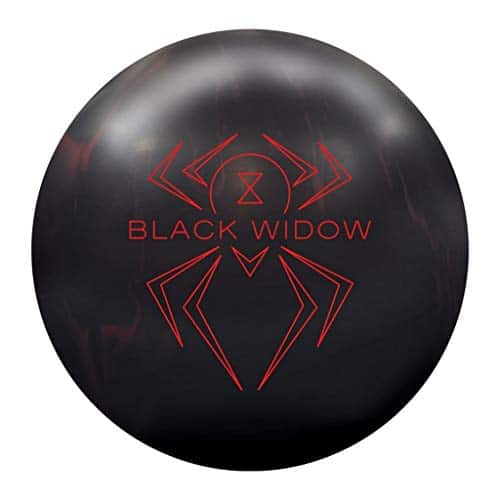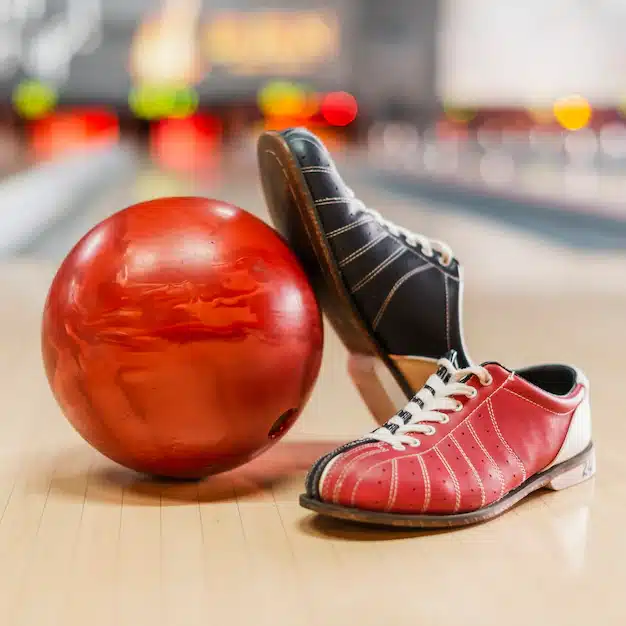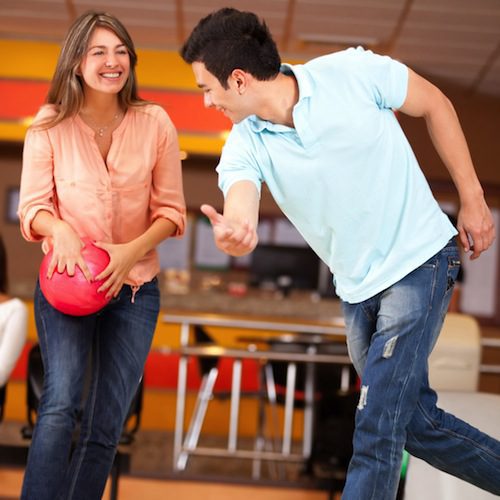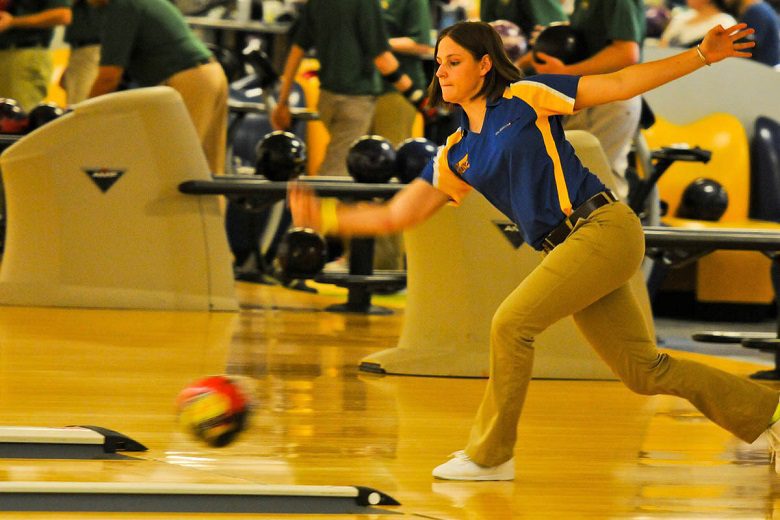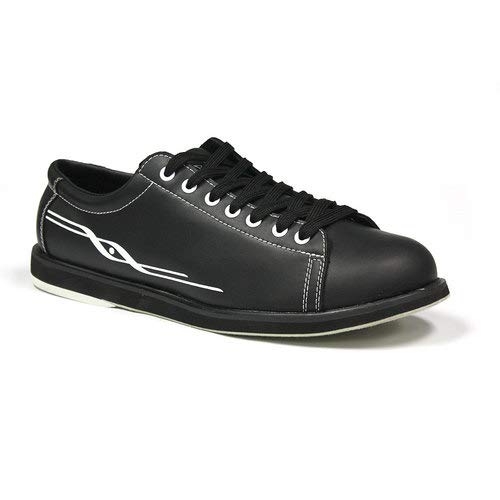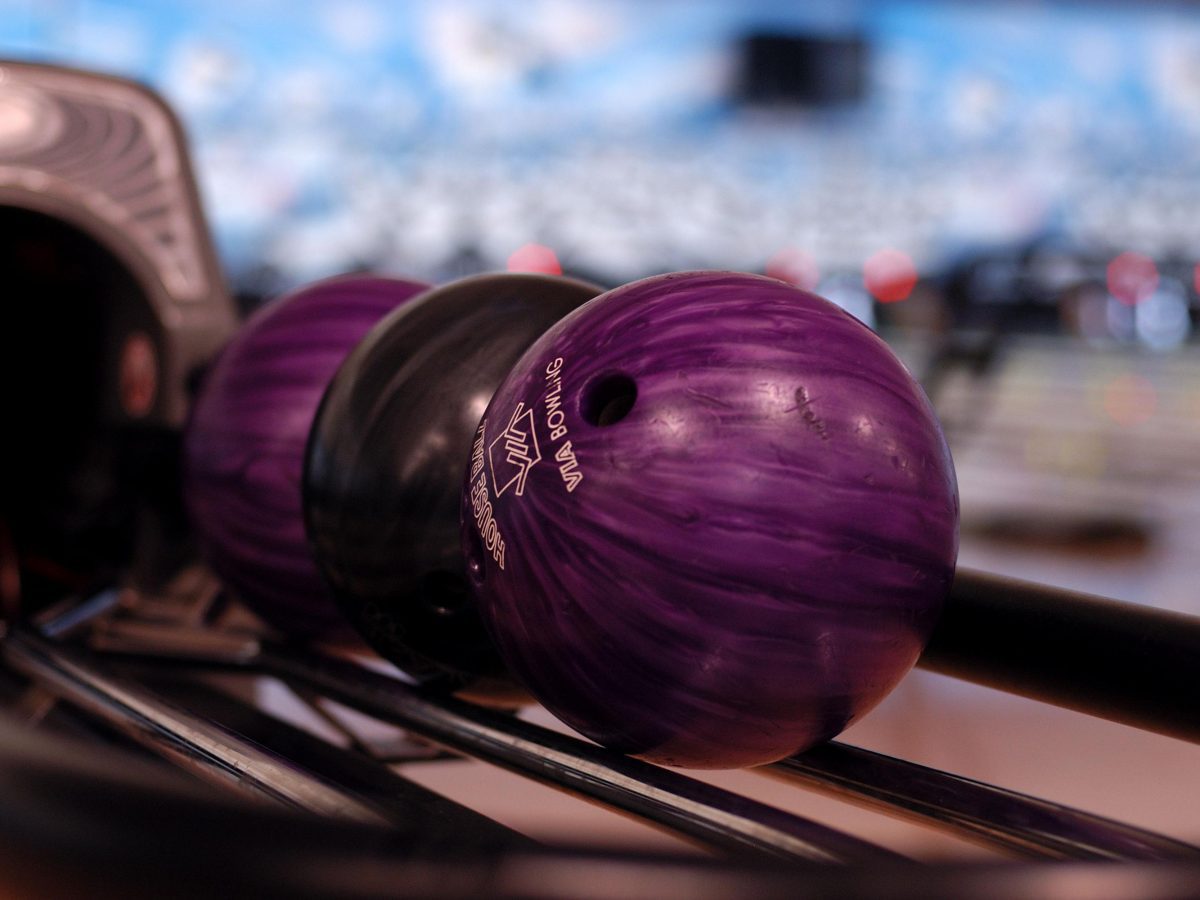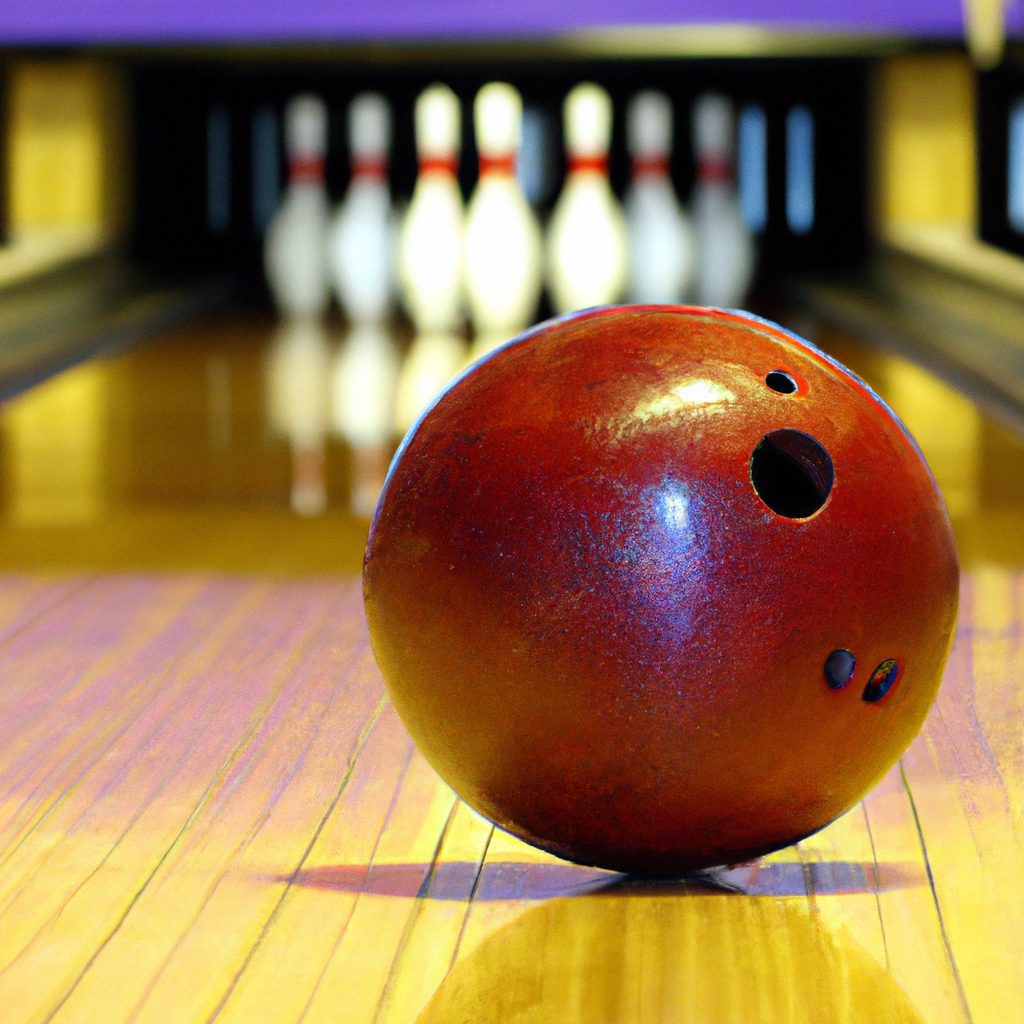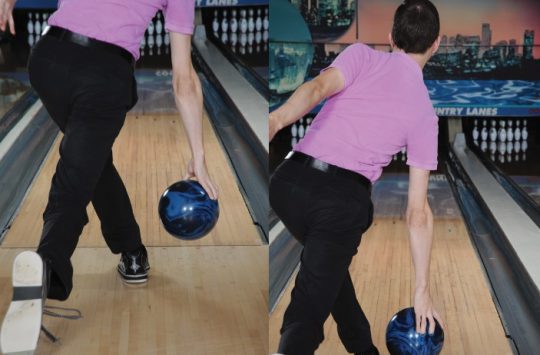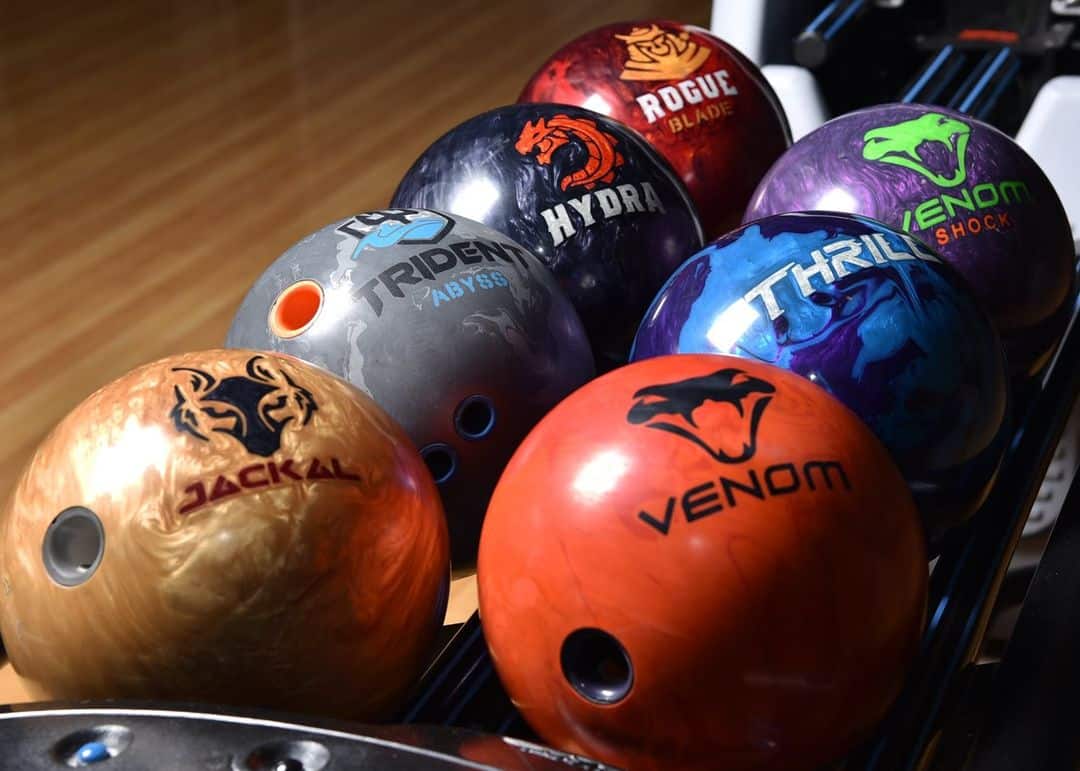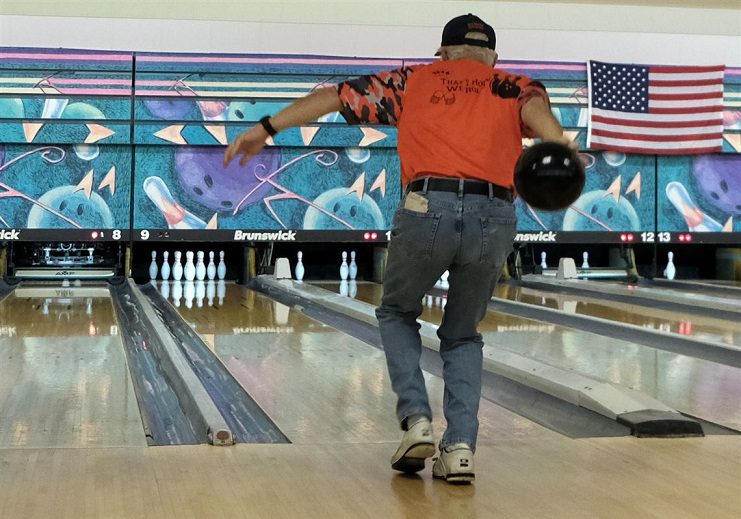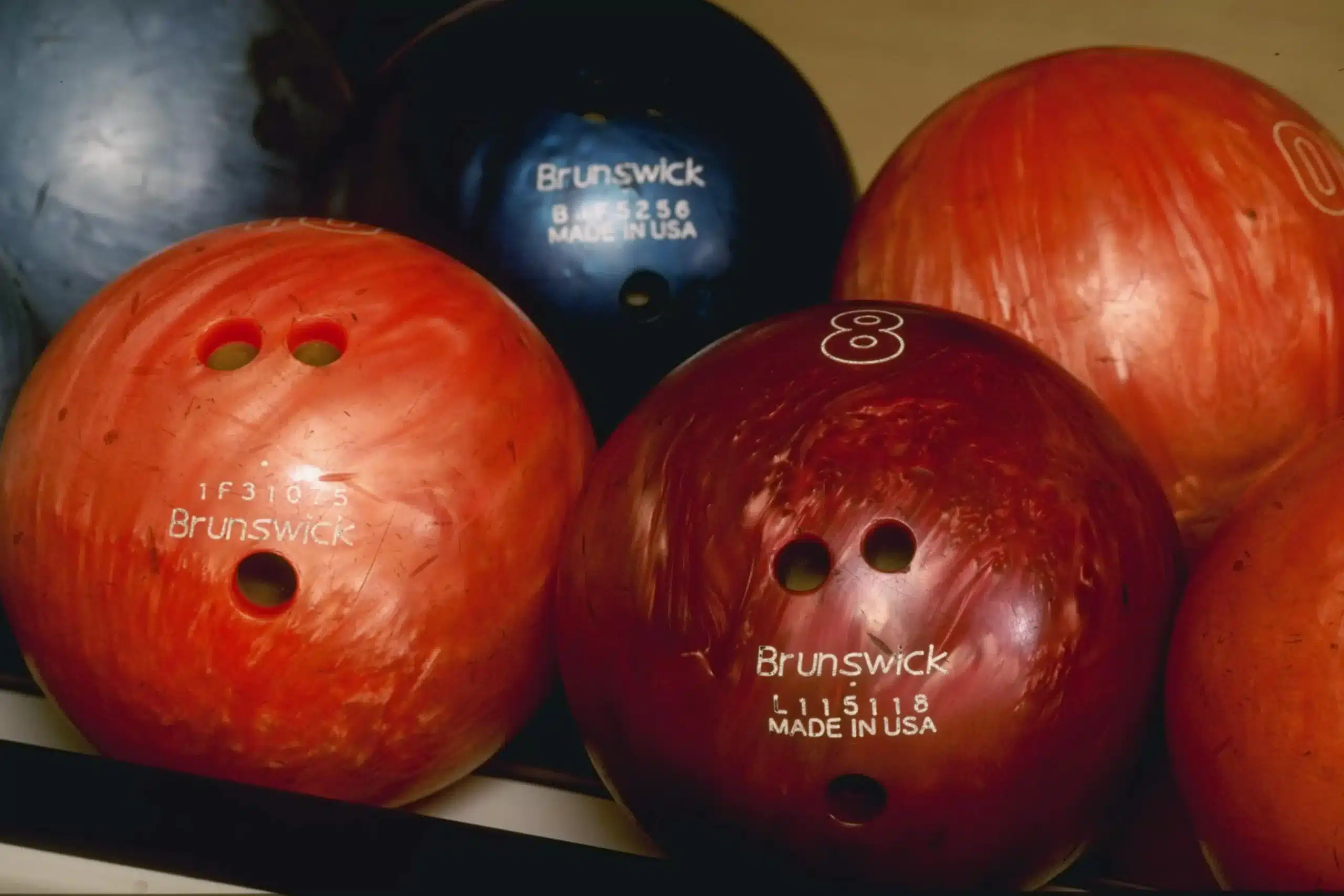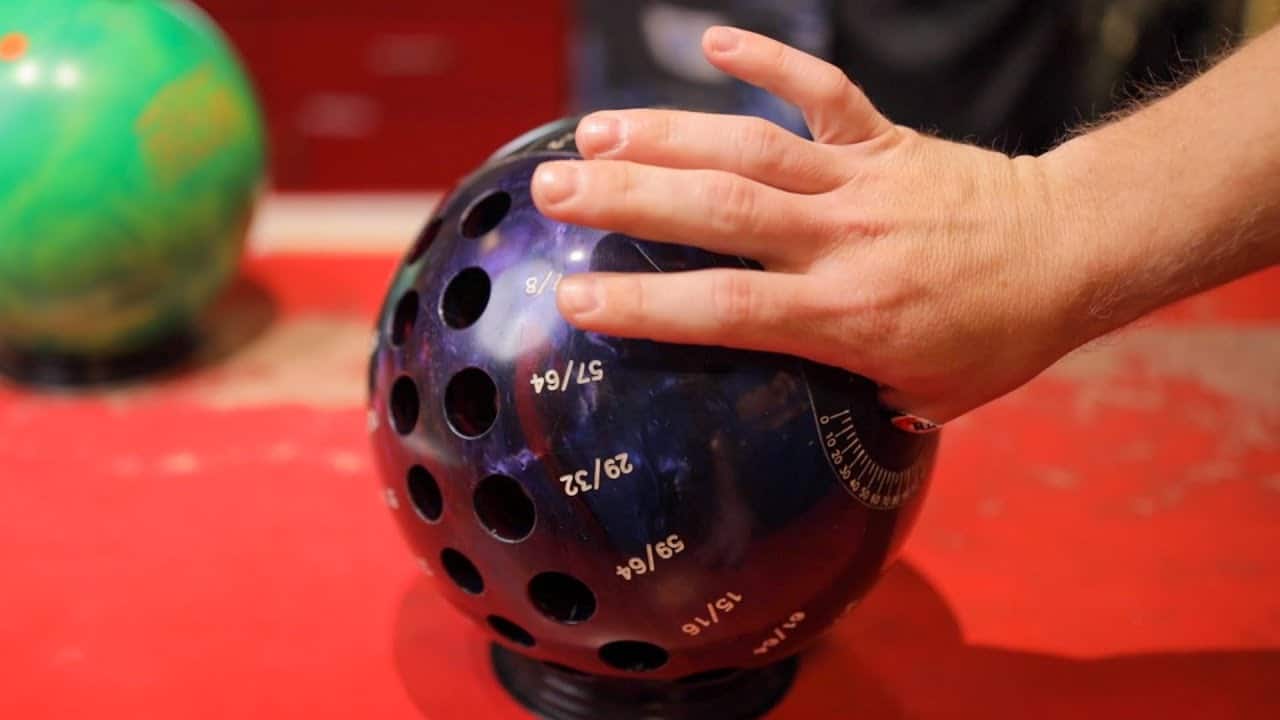Bowling is a fantastic recreational activity that we all love, but sometimes our wrists can pay the price. That’s why we’ve put together this article to help you discover the best ways to protect your wrist when bowling. We understand the importance of keeping your wrist healthy and pain-free, so whether you’re a seasoned pro or just starting out, we’ve got some valuable tips and tricks to share with you. Say goodbye to those pesky wrist injuries and hello to an enjoyable and injury-free bowling experience. Let’s get started!
Review contents
Understanding Wrist Injuries in Bowling
Bowling is a popular sport that requires a combination of skill, technique, and physical strength. However, like any sport, it comes with a risk of injuries. One area that is particularly susceptible to injuries in bowling is the wrist. Wrist injuries can range from minor strains to more serious conditions that require medical attention. In this article, we will explore common wrist injuries in bowling, their causes, and most importantly, how to prevent them.
Common Wrist Injuries in Bowling
Wrist injuries are widespread among bowlers, and they can greatly impact their performance and enjoyment of the game. Some of the most common wrist injuries in bowling include wrist strains, tendonitis, carpal tunnel syndrome, and sprains. These injuries often occur when bowlers repeatedly put strain on their wrists, whether it’s due to improper technique, excessive force, or inadequate warm-up.
Causes of Wrist Injuries in Bowling
Understanding the causes of wrist injuries in bowling is crucial for preventing them. One common cause is improper wrist positioning and grip. When the wrist is not in the correct position or when the bowler’s grip is too tight, it can lead to strain on the wrist during the swing and release.
Another cause of wrist injuries is using the wrong equipment. Choosing the wrong bowling ball, whether it’s too heavy or too light, can put unnecessary stress on the wrist. Additionally, not using wrist supports or braces can also increase the risk of injuries.
Proper Wrist Position and Grip
Proper wrist position and grip are essential for maintaining a healthy wrist and preventing injuries in bowling. The position of the wrist should be neutral, neither flexed nor extended. This allows for a more natural and relaxed swing, reducing strain on the wrist.
To achieve the correct wrist position, bowlers should focus on maintaining a loose grip on the ball. Gripping the ball too tightly can lead to added tension and strain on the wrist. Instead, bowlers should aim for a relaxed grip that allows for better control and flexibility during the delivery.
Importance of Proper Wrist Position and Grip
Proper wrist position and grip are crucial for several reasons. Firstly, they help to distribute the weight of the bowling ball more evenly, reducing the strain on the wrist. Secondly, they allow for a smoother and more controlled release of the ball, minimizing the risk of sudden jerking motions that can lead to injuries.
Correct Techniques for Wrist Positioning and Grip
To achieve the correct wrist positioning and grip, bowlers should focus on maintaining a relaxed and flexible wrist throughout the approach, swing, and release. It may be helpful to work with a coach or experienced bowler who can provide guidance on proper technique. Practicing proper wrist positioning and grip regularly will increase muscle memory and make it easier to maintain the correct form during a game.
Equipment and Accessories
Choosing the right equipment and accessories can greatly impact the health and well-being of your wrist during bowling. Let’s take a look at a couple of key factors to consider.
Choosing the Right Bowling Ball
Choosing the right bowling ball is essential for preventing wrist injuries. The weight of the ball should be appropriate for your strength level and ability. Using a ball that is too heavy can put excessive strain on the wrist, while using a ball that is too light may cause you to overcompensate with your wrist, leading to injury.
It’s also important to consider the type of grip on your bowling ball. Many bowlers find that fingertip grips provide better control and reduce strain on the wrist. Experiment with different grips and consult with a bowling professional to find the grip that works best for you.
Using Wrist Supports and Braces
Another way to protect your wrist in bowling is by using wrist supports or braces. These accessories provide additional stability and support to the wrist, reducing the risk of strain and injury. Wrist supports come in various forms, including wristbands, glove-like supports, and wraps. Experiment with different options to find the one that offers the right balance of support and comfort.
Warm-up and Stretching Exercises
Just like any physical activity, warming up before bowling is essential for preventing injuries. Warming up helps increase blood flow to the muscles, making them more flexible and less prone to strain. Here are some benefits of warming up before bowling and suggested stretching exercises specifically for the wrists.
Benefits of Warm-Up Before Bowling
Warming up before bowling offers several benefits for your overall performance and reduces the risk of wrist injuries. Firstly, it increases your range of motion and flexibility, allowing for a smoother and more controlled swing. Secondly, it prepares your muscles and joints for the intense movements involved in bowling, reducing the risk of strains and sprains. Lastly, warming up can help you mentally focus and prepare for the game ahead.
Recommended Stretching Exercises for Wrists
Stretching exercises specifically targeting the wrists can help improve flexibility and reduce the risk of injuries. Here are a few exercises that you can incorporate into your warm-up routine:
-
Wrist Circles: Extend your arm in front of you, fingers pointing upwards. Slowly rotate your hand in a circular motion, both clockwise and counterclockwise. Repeat this exercise for 10-15 repetitions on each wrist.
-
Wrist Flexor Stretch: Extend your arm in front of you, palm facing down. Gently pull back on your fingertips with your other hand until you feel a stretch in your forearm and wrist. Hold this position for 10-15 seconds on each wrist.
-
Wrist Extensor Stretch: Extend your arm in front of you, palm facing up. Gently pull back on your fingers with the opposite hand until you feel a stretch in your forearm and wrist. Hold this position for 10-15 seconds on each wrist.
Remember to perform these stretches in a controlled and gentle manner. If you experience any pain or discomfort, stop the exercise immediately and consult with a healthcare professional.
Tips for Preventing Wrist Injuries
Prevention is key when it comes to protecting your wrists in bowling. By following these simple tips, you can greatly reduce the risk of wrist injuries and enjoy the game to the fullest.
Maintaining a Consistent Release
One of the most important tips for preventing wrist injuries is to maintain a consistent release. Avoid sudden jerking movements or overly aggressive releases, as these can put excessive strain on the wrist. Focus on smooth and controlled releases, allowing the ball to follow its natural trajectory.
Avoiding Excessive Strain and Force
It’s important to listen to your body and avoid excessive strain and force on the wrist. If you feel any discomfort or pain, take a moment to assess your technique and make any necessary adjustments. Remember that bowling is a repetitive motion, and repeated strain can lead to injuries over time. Take breaks between games to rest your wrist and avoid overexertion.
Correct Bowling Technique
Developing and maintaining the correct bowling technique is crucial for protecting your wrists and preventing injuries. Let’s explore a few key elements of proper technique.
Proper Swing and Arm Position
A proper swing and arm position play a significant role in protecting your wrists. Your swing should be smooth, fluid, and in line with your target. Avoid any unnecessary twisting or tilting of the wrist during your swing, as this may lead to strain or injury. Instead, focus on a comfortable and natural movement that allows for a consistent release.
Follow-Through and Release
The follow-through and release are critical moments that should be executed correctly to prevent wrist injuries. As you release the ball, allow your hand and wrist to follow through naturally, extending in the direction of your target. Avoid any abrupt stops or jerking motions that could strain the wrist. A smooth and controlled follow-through will not only protect your wrist but also improve your accuracy and overall performance.
Maintaining Fitness and Flexibility
Maintaining overall fitness and flexibility is important for preventing wrist injuries in bowling. A strong and flexible body can better handle the physical demands of the sport and reduce the risk of strain or sprains. Here are a few pointers on how to achieve and maintain fitness and flexibility.
Importance of Overall Fitness and Flexibility
A well-rounded fitness and flexibility routine can greatly contribute to your performance and injury prevention in bowling. Regular exercise, focusing on strength training, cardiovascular fitness, and flexibility, can improve your overall physical condition and reduce the strain placed on your wrists. Additionally, a fit and flexible body can help you maintain proper posture and technique, further protecting your wrists.
Exercises for Strengthening Wrists
Strengthening the muscles surrounding the wrists can help increase stability and reduce the risk of injuries. Here are a few exercises that you can incorporate into your fitness routine:
-
Wrist Curls: Hold a light dumbbell or resistance band in your hand, palm facing upward. Rest your forearm on a table or bench with your wrist hanging off the edge. Slowly curl your wrist upwards and then lower it back down. Repeat this exercise for 10-15 repetitions on each wrist.
-
Reverse Wrist Curls: Similar to wrist curls, hold the dumbbell or resistance band with your palm facing downwards. Rest your forearm on a table or bench with your wrist hanging off the edge. Slowly curl your wrist downwards and then raise it back up. Repeat this exercise for 10-15 repetitions on each wrist.
Remember to start with light weights and gradually increase the resistance as your strength improves. If you have any pre-existing wrist conditions or concerns, consult with a healthcare professional before starting a new exercise routine.
Rest and Recovery
Recognizing the signs of wrist fatigue and giving yourself time to rest and recover are crucial for long-term wrist health in bowling. Ignoring fatigue or pushing through pain can lead to more severe injuries and longer recovery times. Here are a few key points to consider when it comes to rest and recovery.
Recognizing Signs of Wrist Fatigue
It’s important to listen to your body and recognize the signs of wrist fatigue. If you start to feel pain, soreness, or aching in your wrists during or after bowling, it may be a sign that you’re pushing yourself too hard. Fatigue can also manifest as decreased accuracy or loss of power in your shots. Pay attention to these indicators and take action to prevent further strain or injury.
Need for Rest and Recovery After Bowling
After a session of bowling, it’s essential to give your wrists adequate time to rest and recover. This means avoiding any activities that put additional strain on your wrists, such as heavy lifting or repetitive motions. Additionally, applying ice packs or using compression techniques can help reduce swelling and inflammation in the wrists. If necessary, consult with a healthcare professional for additional guidance on wrist care and recovery.
Seeking Professional Help
If you’re experiencing persistent wrist pain or have recurring injuries, it may be beneficial to seek professional help. Consulting a coach or trainer who specializes in bowling can provide valuable insights into your technique and help identify any areas of improvement. They can offer personalized guidance and exercises to address your specific needs and prevent further injuries.
In some cases, physical therapy or rehabilitation may be necessary to recover from a more serious wrist injury. A qualified physical therapist can design a personalized treatment plan to strengthen the wrist, improve flexibility, and aid in the healing process. Following their guidance and attending therapy sessions diligently can significantly enhance your recovery and reduce the risk of future injuries.
Preventive Measures for Long-Term Protection
To ensure long-term protection for your wrists in bowling, incorporate these preventive measures into your routine.
Taking Breaks Between Games
Bowling multiple games without breaks can increase the strain on your wrists and lead to fatigue or injury. Try to take regular breaks between games to allow your wrists to rest and recover. Use this time to stretch, hydrate, and evaluate your technique. It’s important to prioritize your wrist health over continuous gameplay.
Proper Hydration and Nutrition
Maintaining proper hydration and nutrition is essential for overall health and injury prevention. Staying hydrated helps support the function of your joints, muscles, and tendons, including those in your wrists. Additionally, a well-balanced diet rich in nutrients, including vitamins and minerals, can promote optimal wrist health. Consult with a healthcare professional or dietitian to ensure your diet is providing the necessary nutrients for your active lifestyle.
In conclusion, understanding and preventing wrist injuries in bowling is crucial for enjoying the game while staying injury-free. By maintaining proper wrist position and grip, using the right equipment, warming up and stretching, adopting correct bowling techniques, maintaining fitness and flexibility, allowing for adequate rest and recovery, seeking professional help if needed, and incorporating preventive measures into your routine, you can protect your wrists and ensure a long and enjoyable bowling journey. Remember, putting your wrist health first will lead to better performance, increased longevity in the sport, and most importantly, a healthier and happier bowling experience for years to come.




![Spare bowling ball Top 10 in 2024. (reviews) Top 10 Best Spare Bowling Balls [2021 Reviewed]](http://landofbowling.com/wp-content/uploads/2021/07/Top-10-Best-Spare-Bowling-Balls-2021-Reviewed.jpg)






